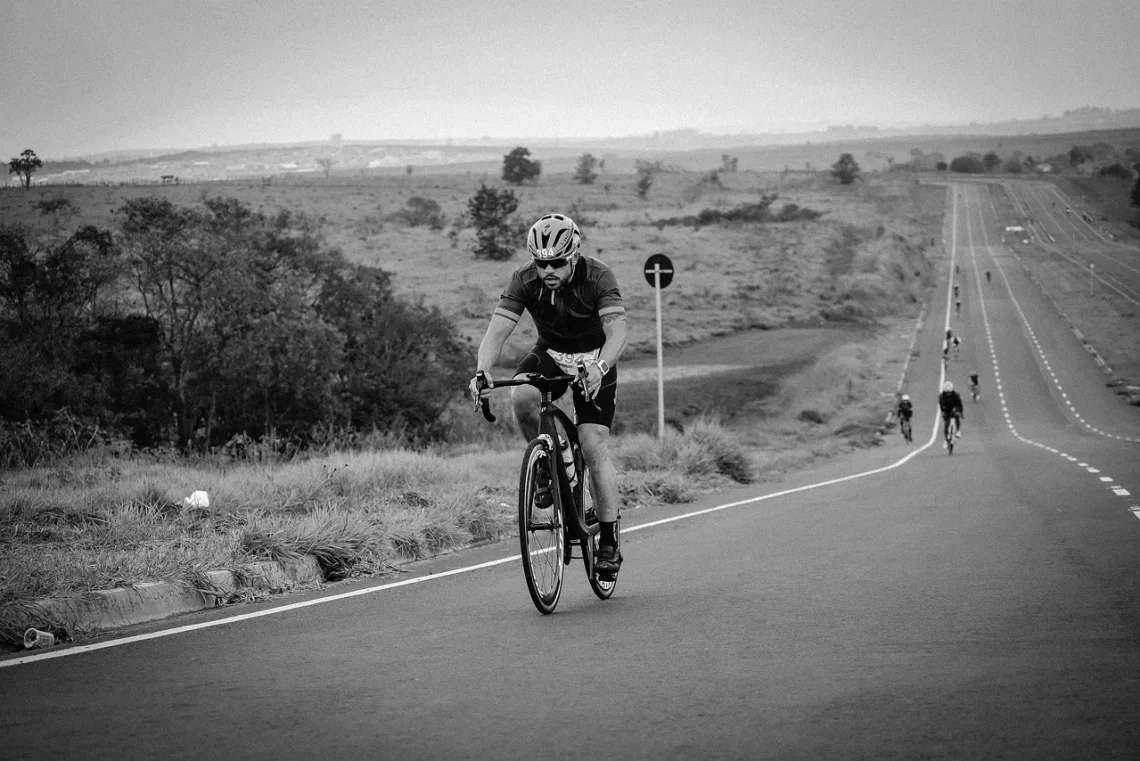
Essential Sprint Triathlon Plan for Beginners to Achieve Success
Starting a new fitness journey can be both exhilarating and daunting, especially when it involves a multi-discipline event like a sprint triathlon. This race format, which typically consists of a 750-meter swim, a 20-kilometer bike ride, and a 5-kilometer run, offers a perfect blend of endurance, strength, and strategy. For beginners, the idea of transitioning from one sport to another can feel overwhelming, but with the right plan and mindset, success is within reach.
As more people seek ways to stay active, triathlons have gained popularity, appealing to a diverse range of athletes, from seasoned competitors to those new to the sport. The sprint distance serves as an ideal entry point, allowing participants to experience the thrill of racing without the extended training commitment required for longer events. However, preparation is key. Developing a structured training plan can help you build the necessary skills while ensuring you stay motivated and injury-free.
Whether you’re looking to improve your fitness, challenge yourself, or simply explore a new hobby, a sprint triathlon can be a rewarding goal. Understanding how to train effectively while balancing the demands of life is crucial. With determination and the right approach, you can cross that finish line feeling accomplished and ready for your next challenge.
Understanding the Sprint Triathlon Format
Before diving into training, it’s essential to grasp what a sprint triathlon entails. Unlike longer triathlons, sprint distances are designed to be more accessible for newcomers. Typically, the race consists of three segments: swimming, cycling, and running. Each segment tests different physical attributes and skills, making it crucial for participants to develop a well-rounded training strategy.
The swim is often the most intimidating part for beginners. In open water, factors like currents, temperature, and visibility can add to the challenge. Many beginners opt to train in pools to gain confidence before transitioning to the open water. Practicing sighting techniques—where you periodically lift your head to navigate—can help maintain a straight line and conserve energy.
Following the swim, athletes transition to the bike segment. Cycling is where many find a chance to recuperate after the swim. Proper bike fit and technique are vital for efficiency. Beginners should focus on building endurance and practicing gear shifts, as these will become crucial in a race setting.
Finally, the run segment often determines the overall experience of the race. After the swim and bike, fatigue can set in, making it essential to train for a strong finish. Incorporating brick workouts—where you practice running immediately after cycling—can help your body adapt to the transition.
Understanding the sprint triathlon format equips beginners with a clearer picture of what to expect on race day. Familiarity with each discipline allows for targeted training and strategy development, ultimately enhancing performance and enjoyment.
Creating a Balanced Training Schedule
A well-structured training schedule is fundamental for success in a sprint triathlon. Beginners should aim for a balanced approach that incorporates swimming, cycling, and running, while also allowing for rest and recovery. A typical training plan might span 8 to 12 weeks, depending on your current fitness level and experience.
Start by assessing your baseline fitness in each discipline. This will help tailor your training schedule to your needs. If swimming is your weakest area, consider allocating more time to swim workouts, even if that means reducing your initial cycling or running sessions.
A sample weekly training plan may include three swim sessions, two bike rides, and two run workouts. It’s also essential to include a “brick” workout once a week, where you swim followed by a bike ride or bike followed by a run. This practice not only helps with physical conditioning but also prepares your mind for the transitions during the race.
In addition to discipline-specific training, incorporate strength training and flexibility exercises into your routine. Core workouts, resistance training, and yoga or stretching can enhance overall performance and prevent injuries.
Don’t forget the importance of rest days. Recovery is crucial to allow your body to repair and strengthen. Listening to your body and adjusting your training intensity will help avoid burnout and keep you motivated throughout your journey.
Navigating Nutrition and Hydration
Nutrition plays a vital role in any athletic training program, especially for triathletes. As you prepare for your sprint triathlon, understanding what to eat and when can significantly impact your performance.
Focus on a balanced diet rich in carbohydrates, proteins, and healthy fats. Carbohydrates serve as your primary energy source, particularly during longer workouts. Incorporate whole grains, fruits, and vegetables into your meals to ensure you have sufficient energy for your training sessions.
Protein is essential for muscle repair and recovery, particularly after intense workouts. Include lean proteins such as chicken, fish, beans, and legumes in your diet. Healthy fats, found in foods like avocados, nuts, and olive oil, can also support overall health and energy levels.
Hydration is another crucial aspect of nutrition. Ensure you’re drinking plenty of water throughout the day, and consider electrolyte drinks during longer training sessions or races to replace lost minerals.
It’s also important to practice your nutrition plan during training. Experiment with different foods and hydration strategies to see what works best for you. Race day is not the time to try something new; stick to what you know will fuel your body effectively.
Lastly, remember that everyone’s nutritional needs are different. It may be beneficial to consult with a nutritionist or dietitian who specializes in sports nutrition to fine-tune your diet based on your unique training demands.
Preparing Mentally for Race Day
While physical training is crucial, mental preparation can be just as impactful on race day. The excitement and nerves leading up to a sprint triathlon can be overwhelming, but developing a strong mental game can help ease anxiety and boost performance.
Start by visualizing your race. Spend time imagining each segment, from the start gun going off to crossing the finish line. Picture yourself overcoming challenges and executing your training plan. Visualization can enhance confidence and reduce pre-race jitters.
Incorporate mindfulness and relaxation techniques into your training routine. Practicing deep breathing or meditation can help calm your mind and focus your energy. This mental clarity can be beneficial, especially when facing the inevitable challenges that arise during the race.
Setting realistic goals for race day is also essential. While it’s great to aim for a personal best, remember that this is your first sprint triathlon. Focus on enjoying the experience and celebrating your accomplishments, regardless of the outcome.
Finally, embrace the supportive community around you. Surrounding yourself with fellow triathletes can provide motivation and encouragement. Sharing your experiences and insights can also help alleviate any lingering fears or doubts.
By prioritizing mental preparation alongside physical training, you can approach race day with confidence and a positive mindset, setting the stage for a successful sprint triathlon experience.
This article does not constitute medical advice. Please consult a healthcare professional before starting any new exercise or nutrition program, especially if you have health concerns or conditions.




